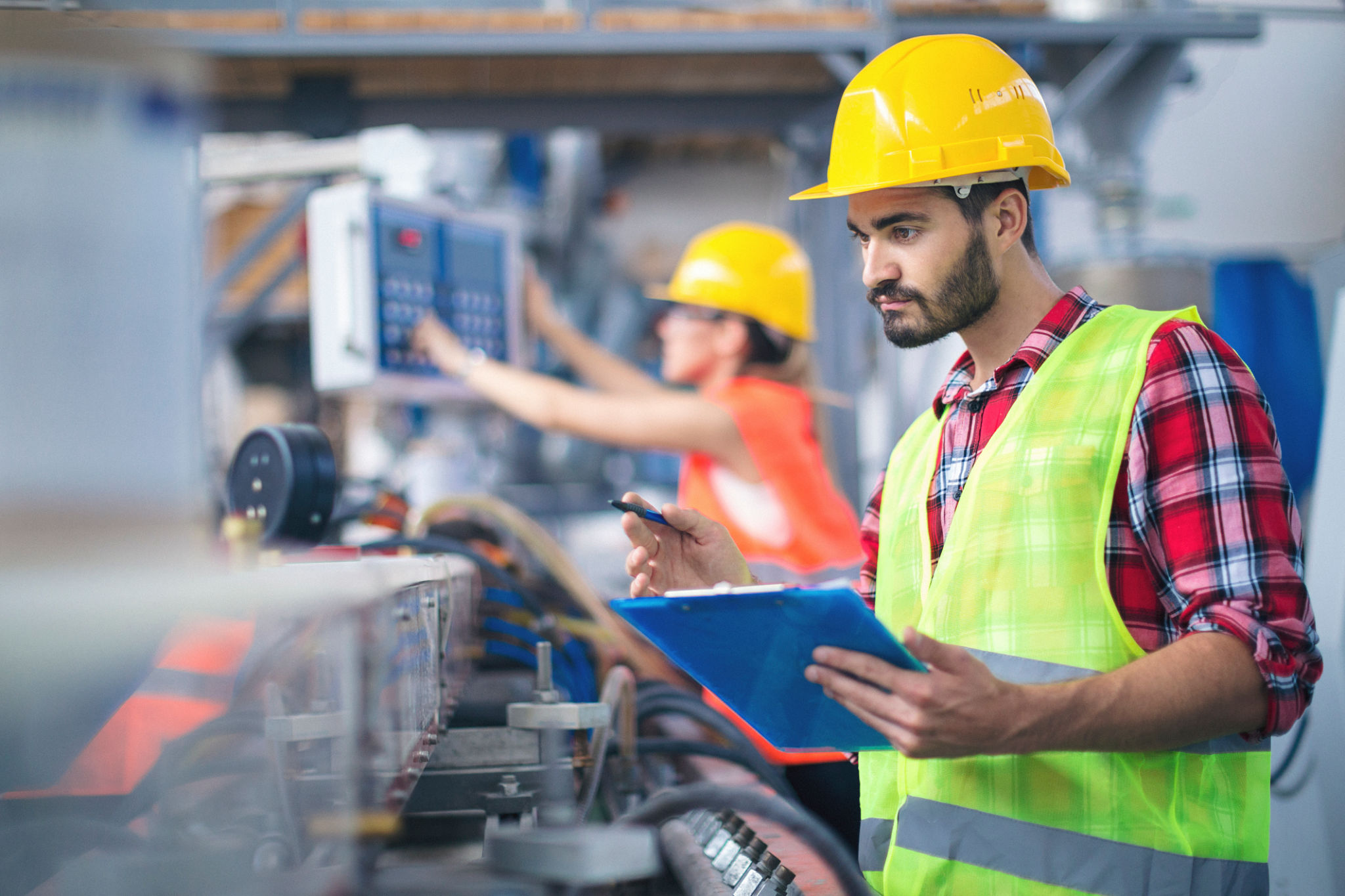How to Maintain Your Cassette Lift for Optimal Performance
Understanding Your Cassette Lift
Maintaining your cassette lift is crucial for ensuring its optimal performance and longevity. Cassette lifts are commonly used in commercial and industrial settings for their efficiency and convenience. Understanding the basic components and functions of your cassette lift can help you identify areas that need attention.
A cassette lift typically includes a platform, motor, and control system. Regular inspection of these components is essential to prevent any operational issues. By keeping each part in good condition, you can avoid unexpected breakdowns and costly repairs.

Regular Cleaning and Lubrication
One of the simplest yet most effective maintenance tasks is regular cleaning. Dust and debris can accumulate on the lift's moving parts, causing friction and wear. Use a soft brush or cloth to clean the lift thoroughly, paying special attention to the tracks and platform.
Lubrication is another critical maintenance step. Apply lubricant to all moving parts, including hinges, joints, and tracks, to reduce friction and ensure smooth operation. Use a high-quality lubricant recommended by the manufacturer for the best results.
Inspection and Adjustment
Regular inspections are essential to catch any potential issues early. Check for signs of wear, such as frayed cables or unusual noises during operation. Inspect the lift's electrical components for any signs of damage or corrosion.

If you notice any discrepancies during your inspection, make the necessary adjustments immediately. This may include tightening loose bolts or replacing worn-out parts. Keeping an eye on these details can significantly extend the lifespan of your cassette lift.
Test Safety Features
The safety features of your cassette lift are crucial for preventing accidents. Test all safety mechanisms regularly to ensure they are functioning correctly. This includes emergency stop buttons, alarms, and any backup power systems.
If any safety feature fails during testing, address the issue promptly. Safety should always be a priority when operating or maintaining heavy machinery like a cassette lift.

Schedule Professional Maintenance
While regular DIY maintenance is important, scheduling professional servicing is equally crucial. Professional technicians have the expertise to identify potential problems that might not be apparent during routine checks.
Consider setting up a maintenance contract with a reputable service provider to ensure your cassette lift receives regular professional attention. This can save you time and money in the long run by preventing major repairs or replacements.
Maintain Documentation
Keeping detailed records of all maintenance activities is beneficial for several reasons. It helps you track the service history and identify patterns that may indicate underlying issues.
Maintain a logbook that includes dates of inspections, parts replaced, and any professional services carried out. This documentation can also be valuable if you decide to sell or upgrade your equipment in the future.

